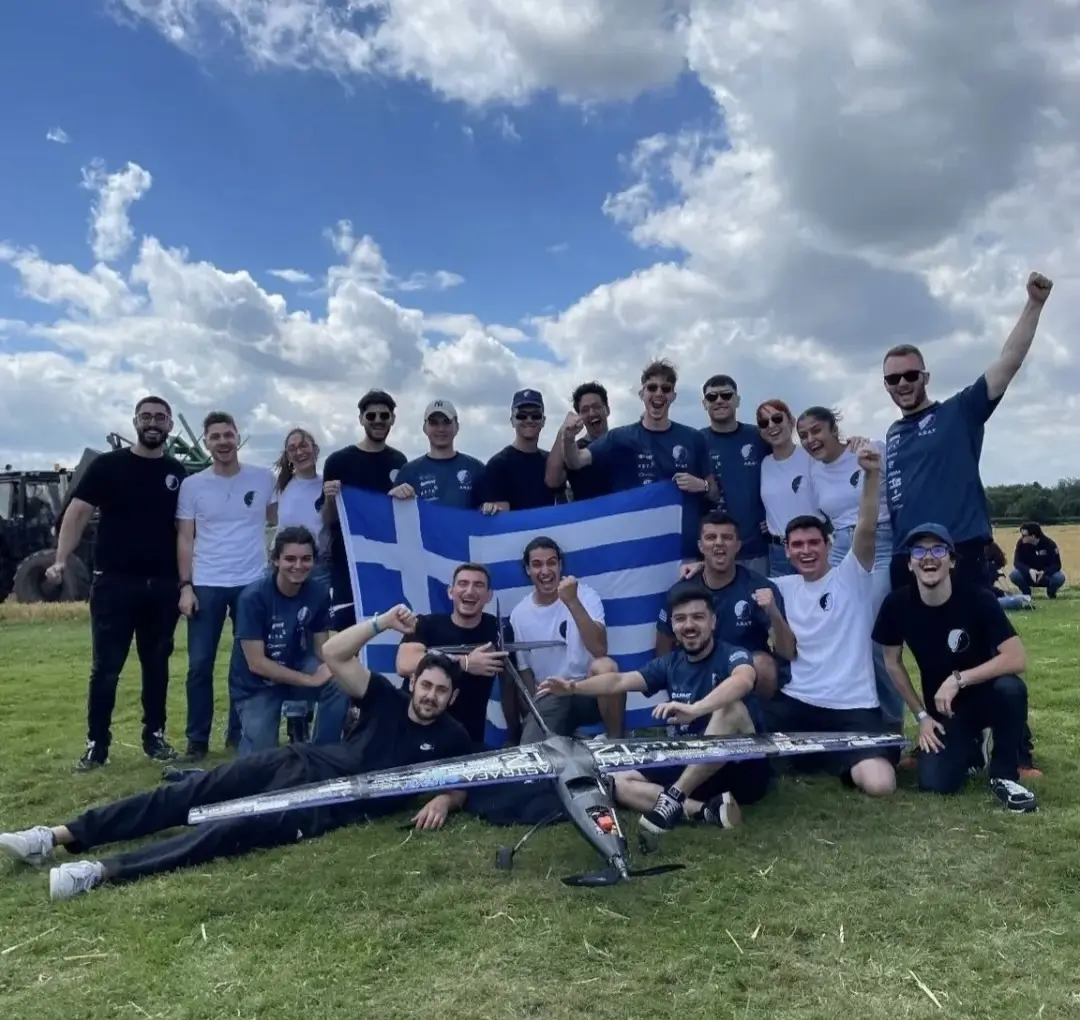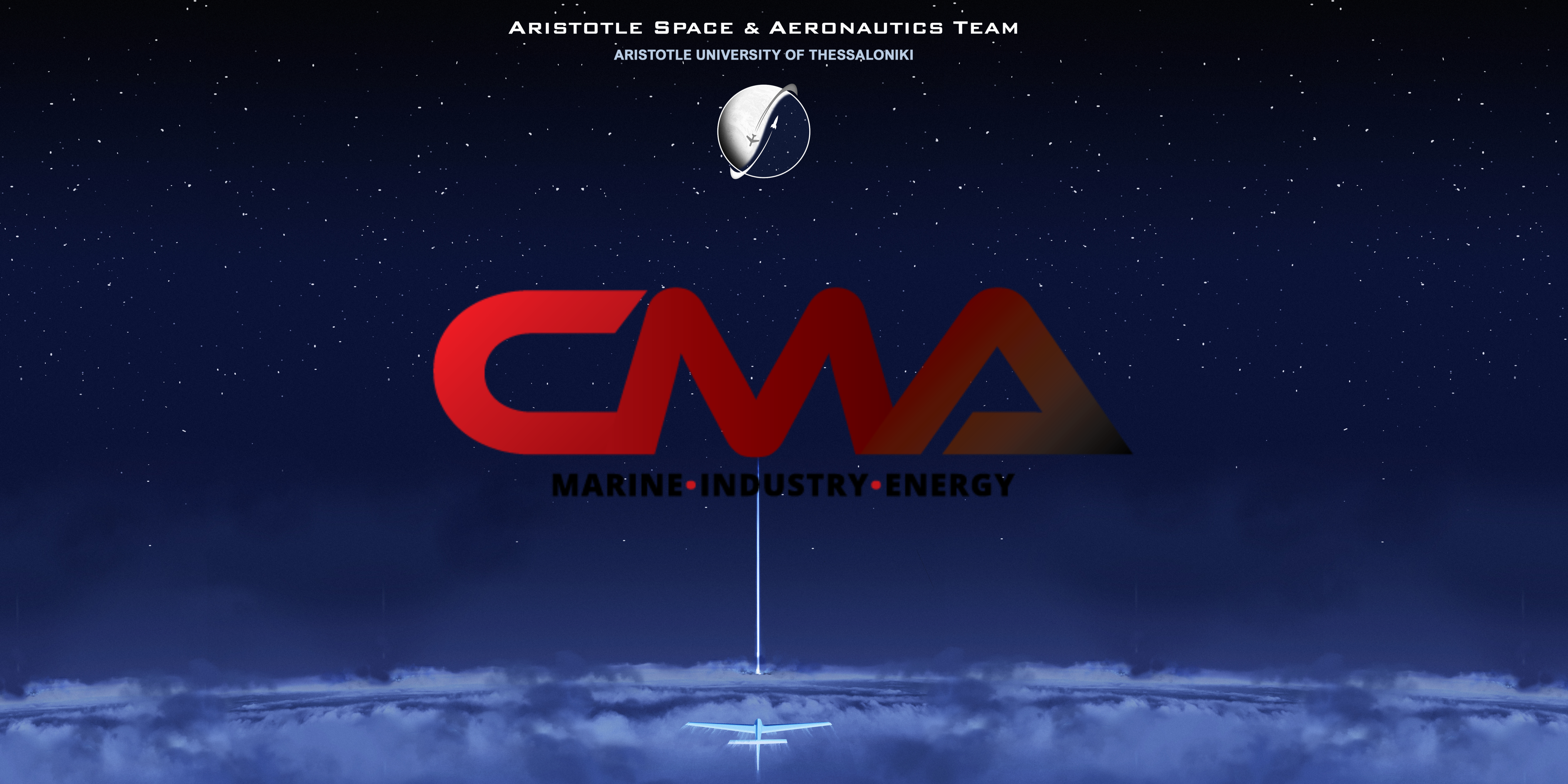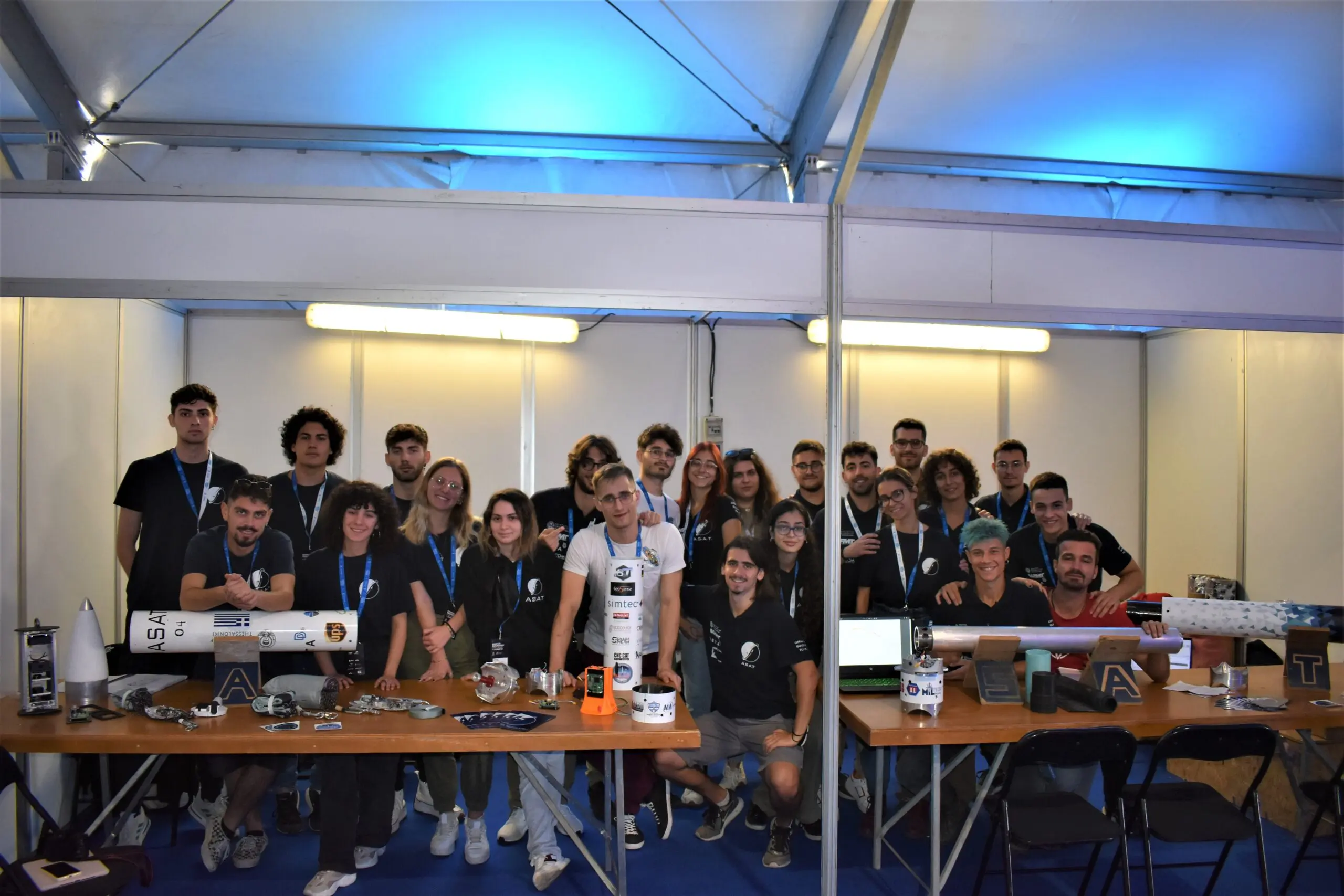On October 4, 1957, the first ever artificial satellite in history, Sputnik 1, was launched and set to orbit, transmitting radio waves which contained information on the ionosphere’s electron density.
Sputnik 1 signal
From those seemingly simple beacons of 1957, the evolution of space missions has gifted us with photos of other planets, like the ones captured by Mars Rover Opportunity (which officially concluded its 15-year long service in space exploration a few days ago).

What would a space mission be without a way to communicate, without a “voice”? What does it take to receive that craved “beep”, or a photo of poor resolution compared to the latest smartphone, but so important to science? This is exactly the point where the telecommunications team takes over.
The Communications subsystem consists of the space and the ground segment. The space segment refers to the hardware and software involved in the transmission and reception of signals, namely the antenna or antennas and the printed circuit board where the processing of the incoming and outgoing data takes place on board the satellite. The ground station is the system which performs the akin procedure on earth. The following types of data are exchanged between the space and ground segment:
- Telemetry: Diagnostic information regarding the state of the satellite
- Telecommand: Commands from the ground station to the satellite
- Payload: Scientific data stemming from the experiment
To monitor AcubeSAT’s experiment, a considerable volume of photographs is required. The limited amount of contact time with the ground station in Low Earth Orbit, as well as the miniscule power available due to the spacecraft’s small size pose a challenge for the achievement of the high data rate necessary to acquire the scientific data. For the aforementioned reasons, we are designing our own more directive patch antenna with 2.4 GHz (S band) nominal operation.

Concurrently, perhaps the most crucial issue for the subsystem is making sure to be as efficient as possible. Given that permanent contact with the satellite marks the end of the mission, Comms will also include a deployable dipole antenna, which will permit nonstop communication with the Cubesat, independent of its orientation. Interference from other signals, Doppler shift and the effect of the atmosphere on the radio link are only few of the factors that must also be considered.
To cope with these requirements the members of our sub-team study, apart from the corresponding bibliography, international space standards (CCSDS, ECSS), which define the best parameters for our kind of mission (modulation type, communication protocols etc.).

Our subsystem comprises four members, Electra, Aphrodite, Milton, undergraduate Electrical Engineering students in the Aristotle University of Thessaloniki, and George, a Telecommunications postgraduate student in the University of Crete. For the time being, Electra is evaluating communication protocols, Aphrodite is under the process of designing our patch antenna, Milton is programming the transceiver to be used on the 2.4 GHz radio, and George is working on the ground station’s software.




